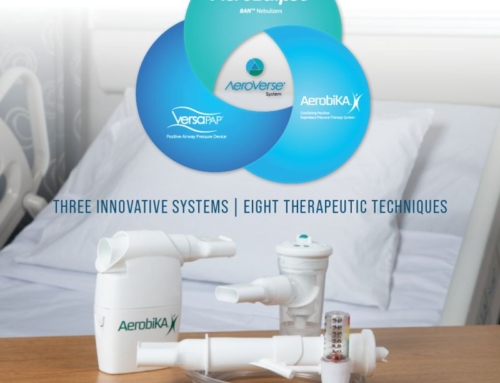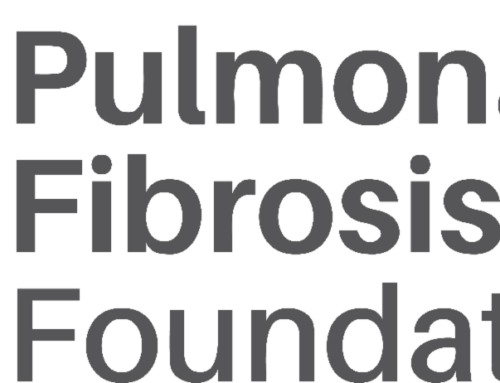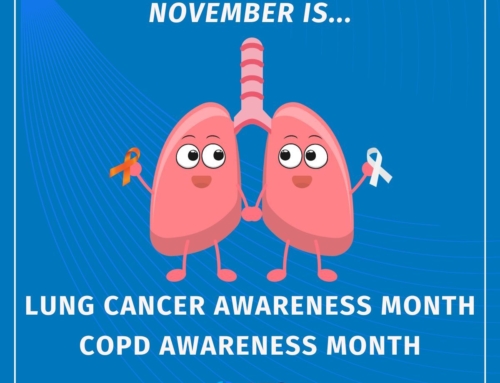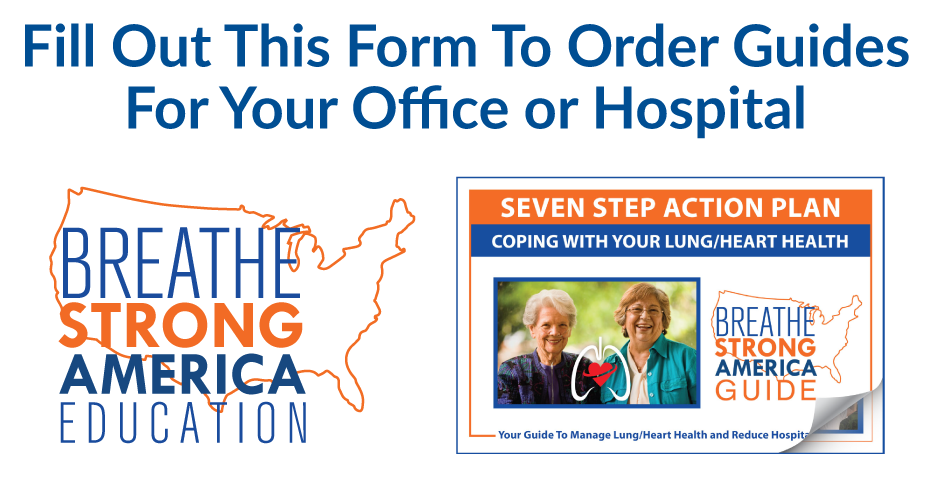How often do you connect with your pulmonologist and how much time do you have to discuss your health? What does your doctor need to know in order to come up with the best overall plan specific to you? What kind of information do you provide to your physician before you receive the advised solution?
If you are baking a cake and you forget to add an ingredient – or two – it can result in a really bad, horribly tasting dessert. The same is true with our health.
In those few moments, every three months or more, we assign this physician the control over our own well-being. If your physician does not have all the ingredients to make his decisions, what kind of treatment will you receive?
Your doctor is only as good as the information that you provide.
Your Notebook has four sections.
SECTION I: Regular Assessment. An overall scan of how you are feeling each day, your ease of breathing, and your O2 sat, provides a baseline. A deviation from your normal may indicate the beginning of an infection or exacerbation, or even identify improvement.
Is your cough more frequent or more congested? Is your sputum clear or colored? Is your mucous thicker or thinner? Is your breathing tighter than normal? Or is it improved? An improvement might suggest that the new medication is having a positive effect. What is your incentive spirometer reading? What is your peak flow?
How is your weight? Is there any swelling in your ankles or feet? An increase of two pounds or more since the previous day, associated with increased shortness of breath and fatigue is a good reason to notify your doctor.
What is your blood pressure? Is it within the normal range for you? Taking your blood pressure at the same time of day allows you to recognize any significant change. Lower than normal blood pressure, especially when it is associated with any lightheadedness might indicate dehydration. Higher than normal blood pressure can occur with infection, stress, poor sleep, or pain. If your BP is much lower than normal or greater than 180 rest, repeat, and call your doctor if it doesn’t improve on the second try. If you have any chest pain, or have significant shortness of breath, call 911 without hesitation.
Keep a regular record of overall breathing, energy level, mucous/cough/ oximetry level, peak flow and spirometer reading, blood pressure, and weight. If you have any significant changes in your status, and have concerns, don’t hesitate to call your doctor.
SECTION II: Medications
Keep a schedule of your medications including dose and time taken each day.
When you next see your physician, this information should coincide with his/her list of medications prescribed. (This does not often happen by the way)
If you are taking any over the counter supplements or drugs, these should also be noted on the medication section.
Keep track of how frequently you are using your emergency inhaler. Increasing use of your short acting inhaler might indicate the need to change some of your long acting bronchodilators.
SECTION III: Questions and Concerns
How often do we leave our appointments forgetting everything that was shared at the visit? Before each physician visit, write down specific questions, concerns, ideas and opinions you have on your treatment options. Maybe you don’t feel a prescribed medication is beneficial or maybe you just feel you need something more. Take the time to write down their answers.
SECTION IV: Personal Health and Wellness
So far, we have focused on disease management. Now we focus on health management.
This section is your health and wellness plan.
What you eat, how much you sleep, and the frequency of your exercise and activity can make a huge impact on how you feel and how well you are breathing. Be sure to have a record of these. Note any progress made on your specific health goals. Maybe you want to lose weight and have changed some dietary habits. Maybe you are keeping track of your activity, working towards increasing the time or the frequency.
When you arrive for your appointment armed with all the necessary data, you and your doctor can more efficiently create the perfect combination of medications and treatments for your optimal well-being.








